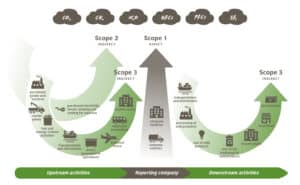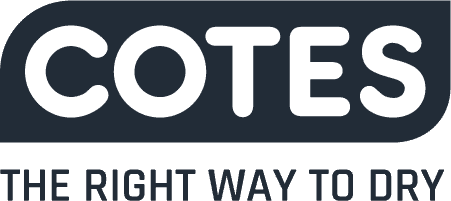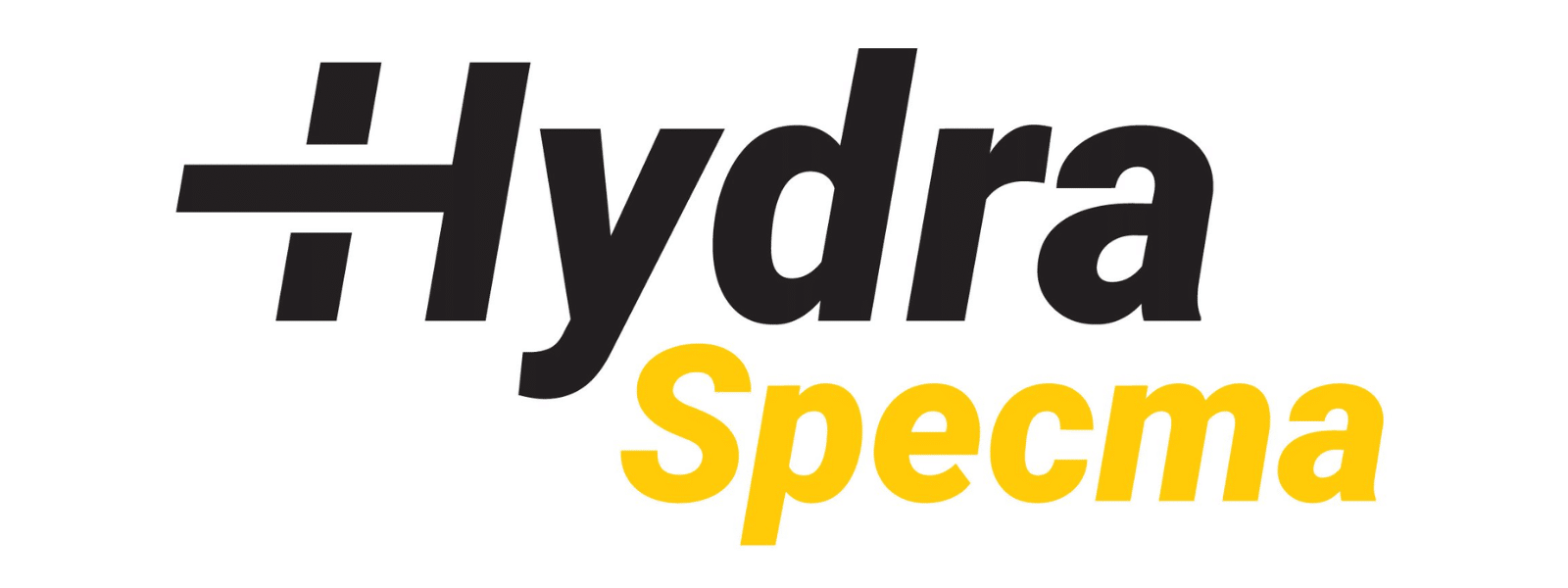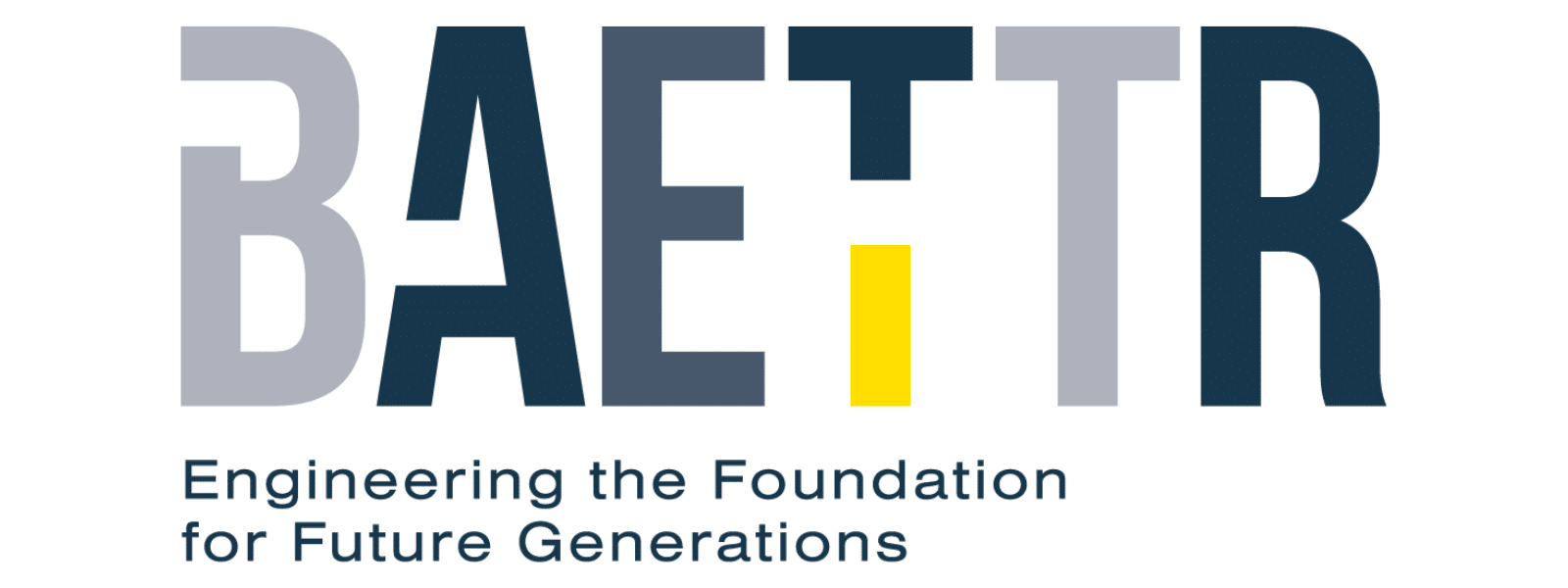What is Climate Accounting?
With the growing awareness of global climate change, an increasing number of industries experience a greater demand for carbon reduction and emission documentation. With a climate account, you get a standardized statement of the organization’s greenhouse gas emissions, calculated by multiplying an activity data with an emission factor. SustainX guides you through your climate accounting following the GHG Protocol. Together, we ensure that you progress in the best way for you, your company, and the planet.
We help you get started
At SustainX, we want to show you the benefits of climate accounting as a competitive asset on the market. Whether you are looking to assess your company’s climate footprint for Scope 1 and 2, or Scope 1, 2 and 3, SustainX is here to assist you all the way. Together we calculate your baseline, and with knowledge of your climate footprint, we can help you with strategies and target setting to reduce your emissions moving forward.
Transparency
The data on your climate impact contributes to transparency in communication with stakeholders, suppliers, and customers.
Funding opportunities
Climate accounting grants access to green investments and funding
Legal requirements
Starting your climate account is the first step to making reduction initiatives that can put you at the forefront of future legal requirements and CO2 taxes.
The Three Scopes
Climate accounting involves collecting data from three scopes:
Scope 1
All direct emissions from sources controlled or owned by the company, including transport and production/operation emissions from company facilities.
Scope 2
All indirect emissions that the company buys and uses for company activities from facilities that generate heat, electricity, and cooling.
Scope 3
All indirect emissions from upstream operations (emissions related to the supply chain: e.g., purchased goods and services, fuel-related activities, waste from operations, transportation, and distribution) and downstream activities (emissions associated with the company’s customers and end-use consumers, e.g., processing of sold products, end-of-life treatment of sold products).
Meet a company SustainX made Climate Accounting for

Or reach out to hear more +45 42 17 48 76








